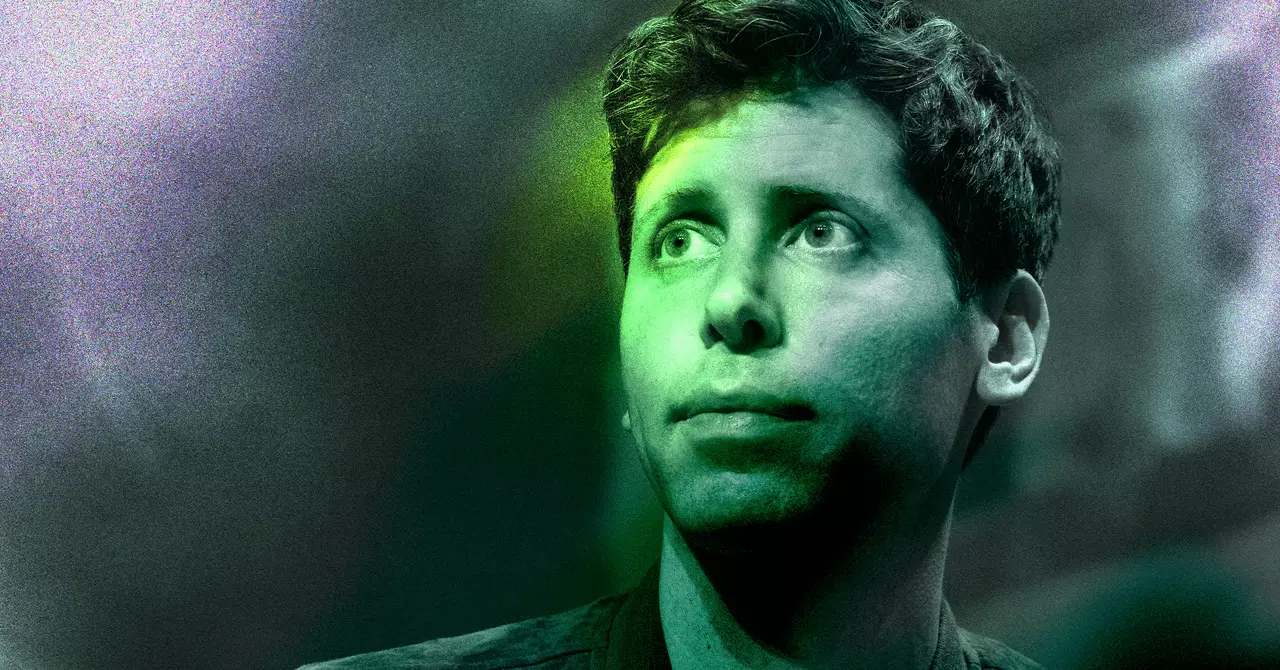In the fiercely competitive landscape of artificial intelligence, talent is the currency that can determine the future trajectory of firms vying for dominance. OpenAI’s recent recruitment of top-tier engineers from industry giants like Tesla, Meta, and xAI underscores a strategic pivot: raw expertise combined with deep infrastructure knowledge is becoming indispensable. This talent war is more than about acquiring skills; it’s about securing the intellectual horsepower necessary to push the boundaries of AI capabilities and infrastructure.
The significance of such high-profile hires cannot be overstated. For instance, bringing in David Lau, formerly Tesla’s VP of software engineering, signals OpenAI’s intent to invest heavily in the systems that underpin large-scale models. His experience with Tesla’s advanced software and hardware integration projects positions him to help construct infrastructure capable of sustaining the ambitious goals OpenAI has set for itself—most notably, the pursuit of artificial general intelligence (AGI). Similarly, engineers like Uday Ruddarraju and Mike Dalton, who have worked on groundbreaking supercomputing projects like Colossus, bring invaluable knowledge about large-scale GPU deployments, a crucial aspect of training mega-models that demand immense computational resources.
This influx of talent reflects an understanding that in the AI race, what happens behind the scenes—hardware, software systems, and data centers—can be the defining factor between leading and lagging. Infrastructure development may lack the glamour of flashy products like ChatGPT but serves as the unseen backbone, ensuring that research translates into tangible progress. OpenAI’s focus on building Stargate, a joint venture dedicated to AI infrastructure, illustrates their belief that innovation at this level could redefine what’s possible in AI development.
Infrastructure: The Hidden Catalyst for Breakthroughs
The emphasis on infrastructure signifies a shift in strategy from mere model creation to creating sustainable, scalable AI systems. For years, the narrative in AI revolved around the models—transformers, neural networks, and their ability to generate human-like text. However, as research progresses, the limiting factor increasingly becomes the hardware and the ability to manage enormous datasets efficiently.
OpenAI’s investments in systems-level challenges underscore a crucial insight: progress towards AGI hinges not only on algorithmic breakthroughs but also on the supporting infrastructure that makes these breakthroughs feasible. Building robust data centers, optimizing GPU clusters, and developing scalable training pipelines are the foundations upon which future AI advancements will rest.
This focus suggests that OpenAI recognizes the importance of infrastructure as a strategic advantage. By investing in Stargate and other initiatives, they are positioning themselves to train larger, more capable models faster and more safely. The talent acquisition of individuals experienced in managing vast supercomputing environments demonstrates that the key to unlocking AI’s full potential lies in mastering the behind-the-scenes systems that enable experimentation and iteration at unprecedented scales.
The Competitive Landscape and Ethical Tensions
The competition among AI giants isn’t solely about technological supremacy but also about securing top talent, which often comes with fierce negotiation and strategic maneuvering. Meta’s aggressive recruitment of OpenAI’s researchers signals an industry where intellectual talent is a prime resource, sometimes leading to high-stakes battles involving compensation and corporate strategies.
This intense competition inevitably stirs tension within the industry, especially when some factions, including Elon Musk, express skepticism over the current direction of AI development. Musk’s ongoing legal disputes with OpenAI, along with his accusations of a drift from the original mission to benefit humanity, reflect broader concerns about the ethics and governance of rapid AI innovation. Such tensions aren’t just about corporate rivalry—they are about the fundamental question of who controls the future of AI and for what purpose.
OpenAI’s strategic hiring can be viewed as both an effort to maintain technological leadership and a response to these geopolitical and ethical challenges. The underlying message is clear: to influence the future of AI, big players must attract the brightest minds, even if that sparks controversy. This dynamic reveals that the race for AI dominance is as much about ideological battles and corporate power as it is about raw technological progress.
Reimagining AI’s Future Through Talent and Infrastructure
Ultimately, the reshaping of AI’s future is signaling a move toward integrating cutting-edge technical talent with ambitious infrastructure projects. Progress isn’t just driven by clever algorithms but by engineering marvels that enable models to learn faster, safer, and more efficiently.
OpenAI’s game-changing approach—hiring elite engineers from a spectrum of high-tech fields—demonstrates a deliberate strategy of stacking the deck in favor of innovation. Their focus on infrastructure development, combined with top-tier talent, positions them to not only advance AI capabilities but also to set standards for safe and scalable deployment.
In a landscape where the stakes have never been higher, the ability to harness talent for building resilient, scalable systems may prove to be the ultimate differentiator. As companies race to develop artificial superintelligence, it becomes increasingly clear that those who master the unseen infrastructure will have the upper hand—shaping not only technological progress but also the ethical and societal implications of AI’s future.

